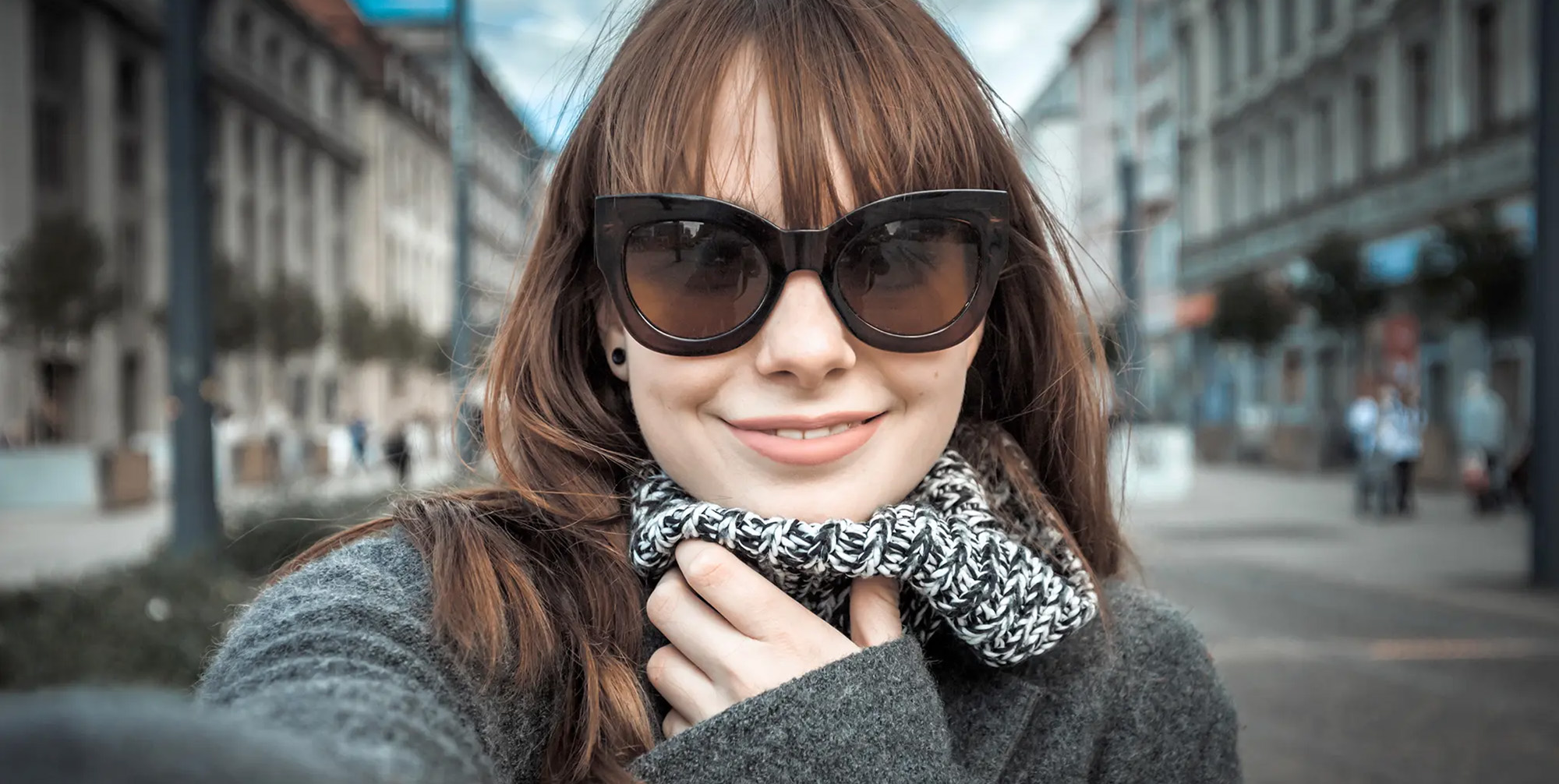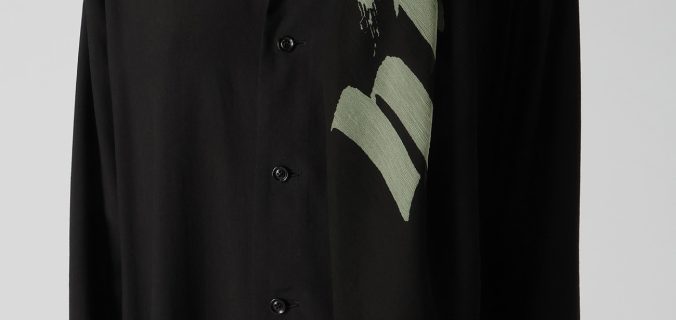Introduction
Scarf test, often regarded as a simple accessory, hold remarkable potential to elevate an outfit from ordinary to extraordinary. They are not merely fabric to keep the neck warm; rather, they serve as a canvas for creativity and self-expression. In this exploration, we delve into the multifaceted world of scarves, examining their versatility, style impact, and the art of wearing them in various contexts.
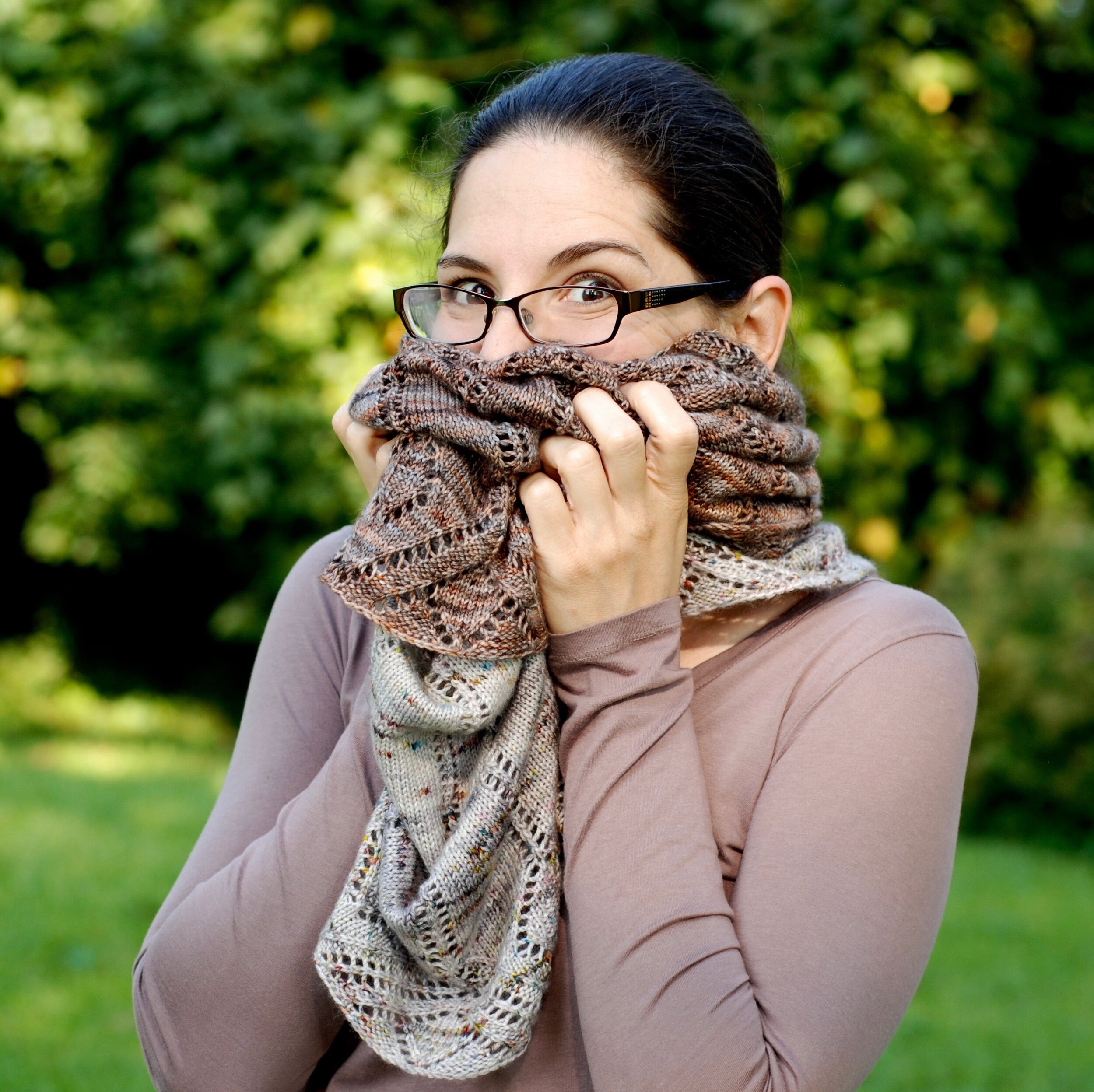
The Versatility of Scarves
Scarves come in a myriad of fabrics, patterns, and lengths, making them incredibly versatile accessories. From lightweight silk scarves to chunky knit infinity scarves, there’s a scarf for every season and occasion. Their versatility lies in their ability to adapt to different styling techniques, allowing wearers to experiment with various looks effortlessly. Here are some ways scarves can be styled:
- The Classic Drape: Simply draping a scarf around the neck adds an instant touch of elegance and warmth to any outfit. This timeless style is perfect for both formal and casual occasions.
- The Loop and Knot: Looping a scarf around the neck and tying a loose knot creates a chic and relaxed look. This style works well with both lightweight and chunky scarves, adding dimension to the ensemble.
- The Infinity Wrap: Infinity scarves, which are circular in shape, offer endless styling possibilities. They can be wrapped around the neck once or multiple times for a cozy and stylish finish.
- The Belted Scarf: For a fashion-forward statement, cinch a scarf with a belt around the waist, transforming it into a unique belt accessory. This unconventional styling technique adds texture and visual interest to any outfit.
- The Headscarf: Scarves can also be worn as headscarves, providing both style and sun protection. Whether tied as a turban, wrapped as a headband, or draped as a hijab, headscarves offer a versatile way to accessorize hairdos.
Scarves as Style Statements
Beyond their practicality, scarves have a profound impact on personal style. They serve as focal points, adding pops of color, texture, and personality to outfits. A vibrant patterned scarf can inject a playful flair into a neutral ensemble, while a monochromatic scarf can create a sophisticated and polished look. The art lies in selecting the right scarf to complement the outfit and convey the desired aesthetic.
Scarves also play a pivotal role in seasonal styling. In colder months, oversized knit scarves provide warmth and coziness, while in warmer weather, lightweight silk scarves offer a breezy and elegant touch. By seamlessly transitioning between different scarf styles, individuals can adapt their look to changing seasons and occasions, showcasing their sartorial versatility.
The Art of Scarf Coordination
Coordinating scarves with the rest of the outfit requires careful consideration of color, pattern, and texture. Harmonizing the scarf with elements such as tops, jackets, and accessories creates a cohesive and polished ensemble. However, juxtaposing contrasting textures or mixing bold patterns can also result in visually striking combinations, adding an element of intrigue to the outfit.
Additionally, scarves can be used to tie together disparate elements within an outfit, creating a sense of cohesion. For example, a scarf with accents of the same color as a pair of shoes or a handbag can create visual harmony, elevating the overall look.

Scarves: A Cultural Tapestry
Scarves are not only a symbol of personal style but also a reflection of diverse cultures and traditions around the world. They have been used throughout history for various purposes, including religious, social, and ceremonial. This rich cultural tapestry contributes to the enduring popularity and unique versatility of scarves in contemporary fashion.
Scarves in Different Cultures
- Middle Eastern and Islamic Cultures: Scarves play a significant role in Islamic cultures, where they are often worn as hijabs to cover the hair and neck as a symbol of modesty. The way a hijab is styled can vary widely, reflecting both personal and cultural expressions.
- South Asian Traditions: In India, scarves known as dupattas are an essential part of traditional attire. They are often draped over the shoulders or head and are a key element in traditional outfits like salwar kameez and lehengas. The vibrant colors and intricate patterns of dupattas are celebrated in Indian fashion.
- European Scarves: In Europe, particularly in countries like France and Italy, scarves are a staple accessory that has long been associated with sophistication and style. French women, in particular, are renowned for their effortless scarf styling, which adds a touch of Parisian chic to any outfit.
- African Headwraps: In various African cultures, headwraps, or “gele,” are an integral part of traditional attire. They are often worn during celebrations and signify beauty, pride, and cultural identity. The elaborate tying techniques and vibrant fabrics make headwraps a striking fashion statement.
The Role of Scarves in Fashion History
Scarves have played an essential role in fashion history, evolving through different eras to reflect the changing trends and societal norms. In the early 20th century, scarves became popular among aviators and motorcyclists for their practicality, protecting them from wind and dust. This functionality soon transformed into a fashion statement, with iconic figures like Amelia Earhart and the Red Baron popularizing the style.
In the 1960s and 1970s, scarves became symbols of freedom and individuality, often associated with the counterculture movement. The bohemian style embraced colorful, flowing scarves, which became synonymous with artistic expression and rebellion against conventional fashion norms.
In the modern era, scarves have continued to evolve, incorporating new materials, innovative designs, and sustainable practices. The growing emphasis on eco-friendly fashion has led to a resurgence in the popularity of scarves made from recycled or organic materials, appealing to environmentally conscious consumers.
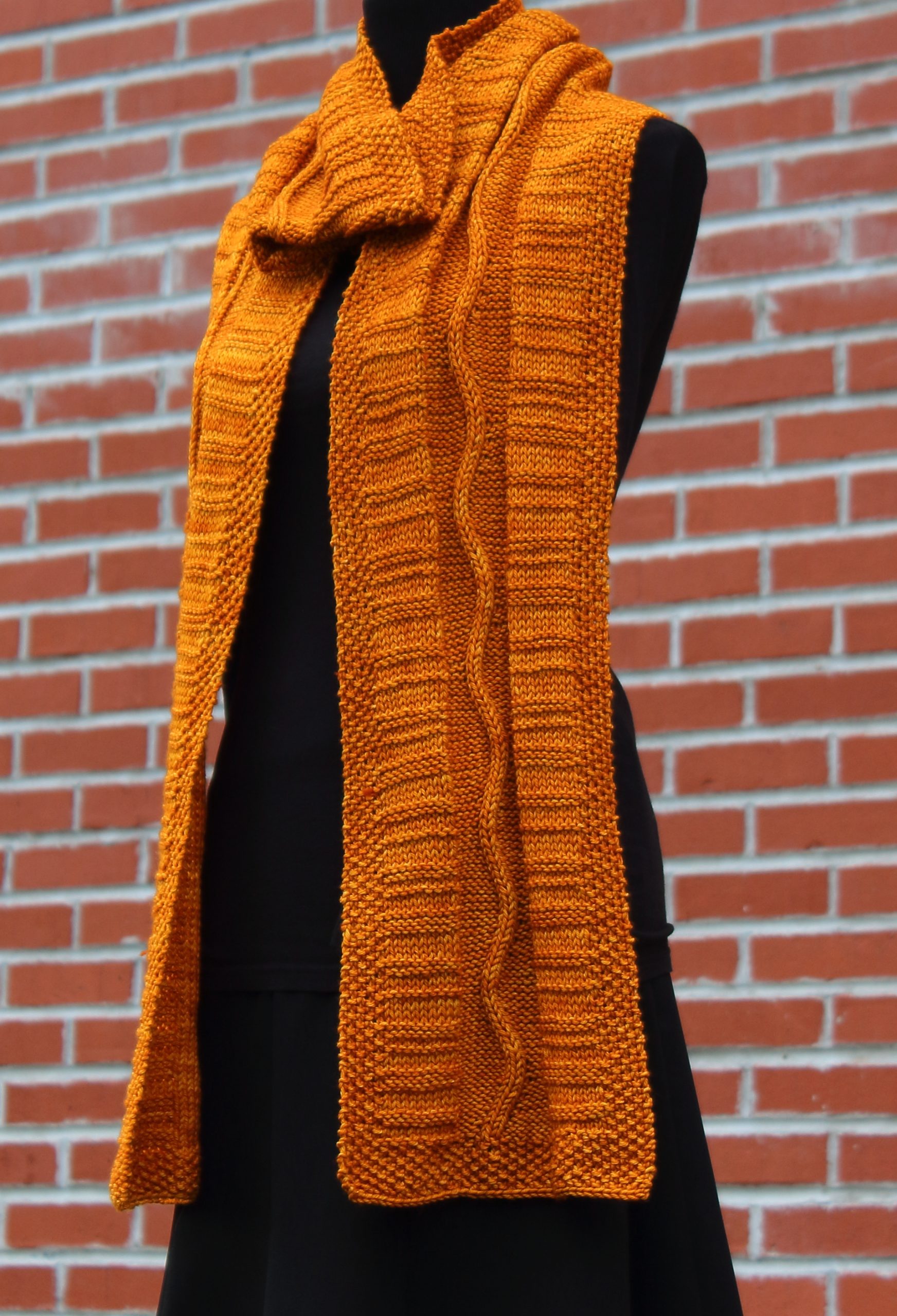
Scarves in Contemporary Fashion
In contemporary fashion, scarf test remain a dynamic and versatile accessory that complements a wide range of styles. Designers incorporate scarves into their collections to add an element of sophistication and creativity. Scarves can be used to transform a simple outfit into a bold fashion statement, whether it’s a sleek silk scarf paired with a tailored suit or a cozy wool scarf draped over a casual sweater.
Additionally, scarves offer a unique way for individuals to express their personalities and embrace their heritage. Custom-designed scarves, featuring personalized prints or family emblems, have become a popular trend, allowing wearers to showcase their unique identities.
Practical Uses of Scarves
Beyond their aesthetic appeal, scarves serve various practical purposes. Here are some examples of how scarves are used in everyday life:
- Weather Protection: In colder climates, scarves provide essential warmth and insulation, protecting the neck and face from harsh winds and cold temperatures. In warmer climates, lightweight scarves offer sun protection for the head and neck.
- Travel Companions: Scarves are ideal travel accessories, as they are lightweight and versatile. They can be used as makeshift blankets on long flights, head coverings in religious or culturally sensitive areas, or even as picnic blankets during outdoor adventures.
- Emergency Solutions: Scarves can serve as impromptu bandages or slings in emergencies, highlighting their adaptability and practicality in unexpected situations.
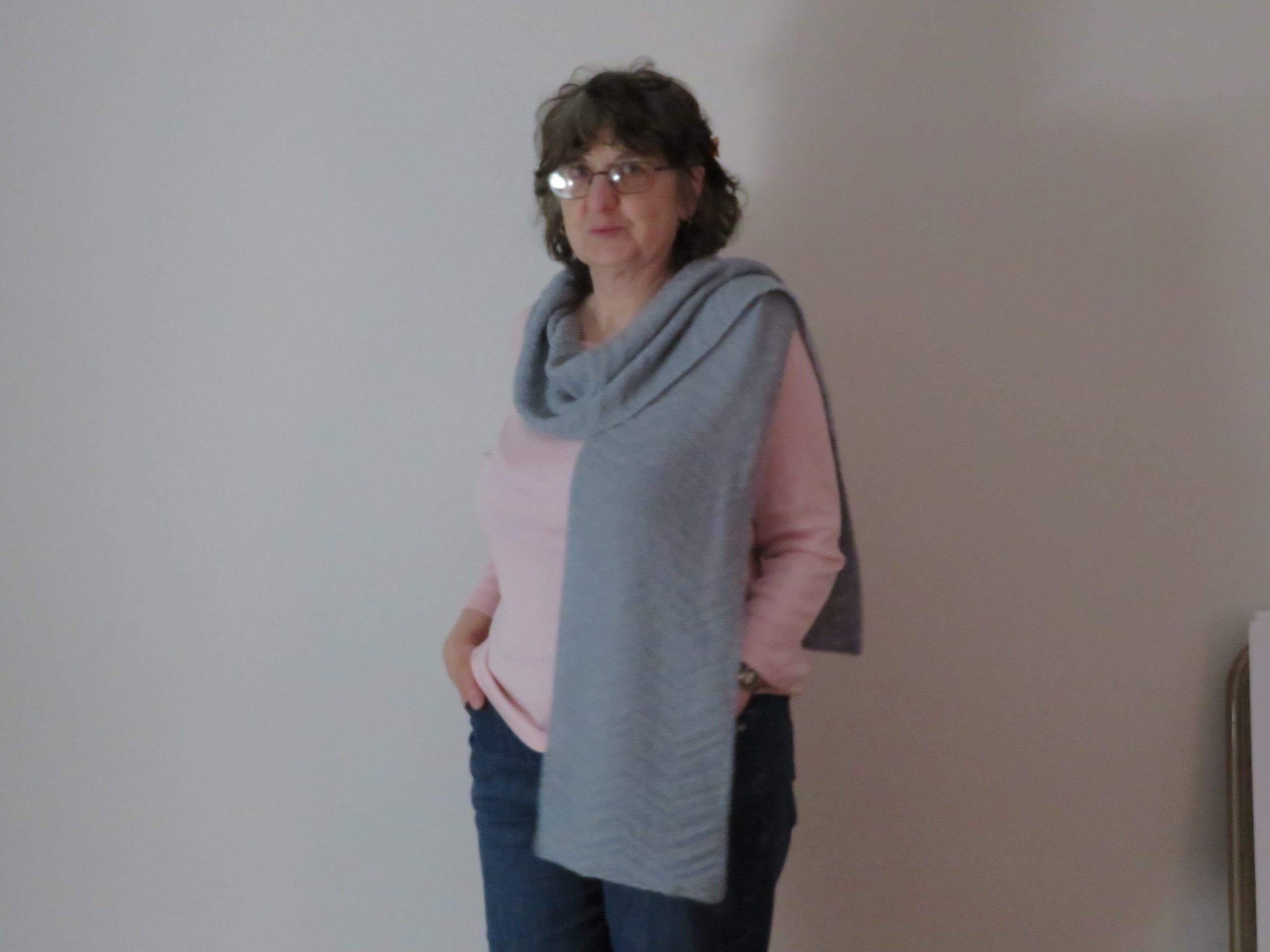
Conclusion: Scarves as Style Icons
In conclusion, scarf test are much more than mere accessories; they are style icons with the power to transform and elevate any outfit. From their versatility in styling to their impact on personal style, scarves continue to captivate fashion enthusiasts worldwide. Whether draped elegantly around the neck or creatively tied as a headscarf, scarves offer endless possibilities for self-expression and sartorial experimentation. By embracing the art of scarf styling, individuals can elevate their fashion game and make a stylish statement wherever they go.
